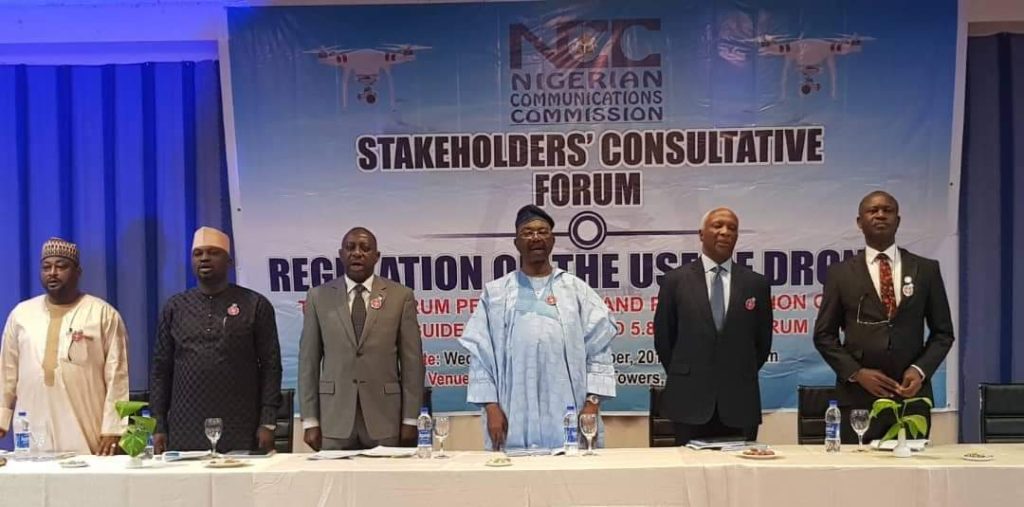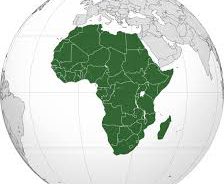The Federal Government of Nigeria through the Nigerian Communications Commission (NCC) has formulated new guidelines to ensure judicious use of drones in the country even as the trend now grows rapidly in Africa.

The telecoms regulator said this became imperative for Nigeria to enjoy optimal benefits of spectrum.
To that end, the commission, in its usual consultative approach to regulation, held a stakeholders’ forum in Lagos to review the guidelines on the use of the 2.4 and 5.8 GHZ spectrum bands, which are the frequencies for deployment of drones and other emerging technologies in Nigeria.
Speaking at the forum, the Director, Spectrum Administration, Nigerian Communications Commission, Engr. (Dr.) Austin Nwaulune, said the deployment of drones has increased in the country, hence, the need to regulate its use from the perspective of spectrum.
“The drone market is scaling rapidly and delivering enriched services in the process. The wealth of new applications of this new technology and the role that stakeholders can play is very critical.

This forum has been organised to bring together all stakeholders featuring drone experts, operators, law enforcement agencies and business representatives to discuss and share their views on development trends and innovative applications of drone industry as well as the technicalities associated with deployments of drones relates to spectrum from the standpoint of spectrum use,” he said.
Nwaulune noted that there are a number of challenges inhibiting the realisation of full potentials of drones in the country. One of the challenges, according to him, is meeting the spectrum requirements for drone.
“Currently, the NCC in its effort to optimise usage and benefits of the spectrum, is advancing the administrative standards by establishing technical parameters to use the 2.4 and 5.8 GHZ bands as the frequency for deployment of drones and other emerging technologies.

“Over the years, the commission has had guidelines on both the use of 2.4 GHZ and 5.8 GHz Bands for Wireless Access System (WAS). And these are all license-exempt bands (ISM Bands) which studies have shown to be suitable for drone’s deployment globally. However, the prevailing guidelines on the use of 2.4 GHz and 5.8 GHz band do not cover the general requirements for the control of drones and payload links such as on-board cameras, sensors, etc. Some of these requirements include technical parameters such as transmitting power, coverage distance, modulation schemes etc. that were not envisaged at the time the existing guidelines were being crafted.
“In view of this development and in line with the Commission’s agenda of optimising the full benefit of spectrum, facilitating strategic collaboration and partnership so as to ensure regulatory excellence and operational efficiency, the commission invited all stakeholders and key representatives from the communications sector to share and constructively exchange ideas and discuss how to foster innovation and growth in the industry,” he said.
Meanwhile, stakeholders at the forum called for global harmonisation of spectrums to avoid interference of networks in the use of drones. They also said that a framework needs to be set up to ensure strict compliance for drone usage. They also recommended that there should be stronger synergy among stakeholders, especially NCC, ONSA and NCAA.








